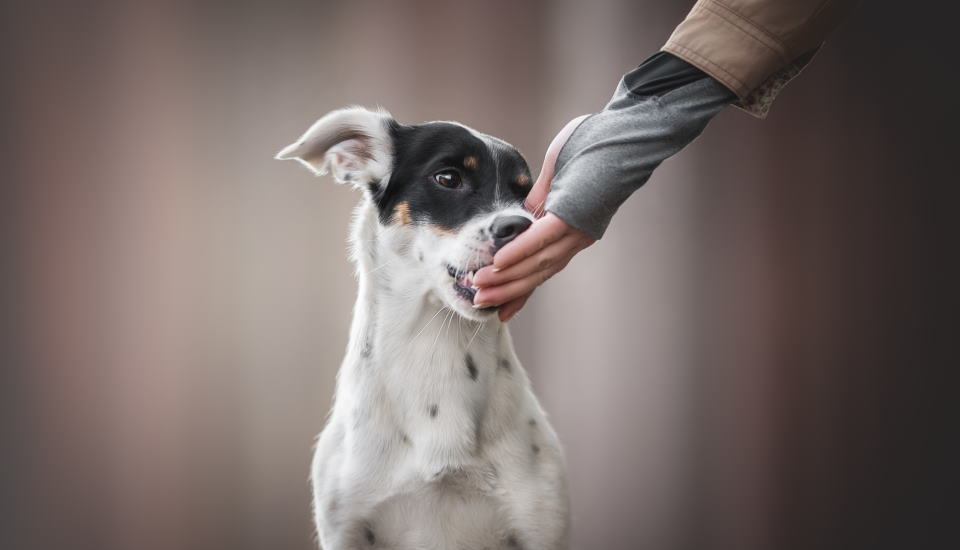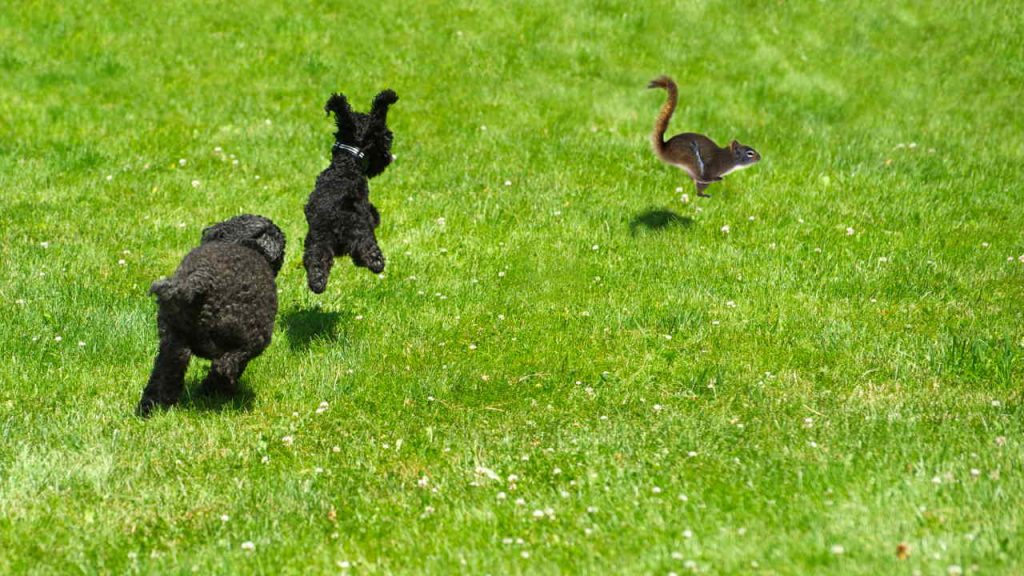If you’re thinking about changing your dog’s food, it’s important to make the transition as smooth and comfortable as possible for your furry friend. Making a sudden switch can often lead to digestive upset and discomfort for your dog, so it’s crucial to have a plan in place. In this blog post, we’ll be discussing how to transition your dog to a new food, covering topics such as assessing your dog’s current diet, creating a gradual food introduction plan, monitoring for any digestive issues, and adjusting feeding amounts as needed. By following these steps, you can help ensure that your dog adjusts to their new food with minimal stress and discomfort. Keep reading for helpful tips and tricks to make the transition as seamless as possible for your canine companion.Improve your pet’s health with our gradual food introduction plan, monitoring for digestive issues, and adjusting feeding amount as needed.
Assess current diet
Before making any changes to your dog’s diet, it’s important to carefully assess their current eating habits and the type of food they are consuming. Take note of the brand, ingredients, and portion size of their current food. This will help you to understand if there are any specific ingredients or nutrients that may be causing issues for your dog.
Additionally, consider your dog’s overall health and activity level. Are they under or overweight? Do they have any existing health conditions that may require a specialized diet? Assessing these factors will help you to determine the most appropriate food to transition to.
It’s also important to observe your dog’s digestion and overall well-being while on their current diet. Are they experiencing any digestive issues such as gas, bloating, or irregular bowel movements? Keeping track of these factors will help you to identify any potential sensitivities or intolerances and guide your decision-making when introducing a new food.
Finally, consult with a veterinarian or pet nutritionist to get personalized recommendations for your dog’s dietary needs. They can provide valuable insights and guidance to ensure a seamless transition to a new food that meets your dog’s specific health requirements.
Gradual food introduction plan
When transitioning your dog to a new food, it is important to do so gradually to avoid any digestive upset. Start by mixing a small amount of the new food with the current diet. This will allow your dog to get used to the new food while still having the comfort of their old diet.
Over the course of about a week, gradually increase the amount of the new food while decreasing the old diet until your dog is solely eating the new food. This slow transition will give your dog’s digestive system time to adjust to the new food and minimize the chances of any digestive issues.
It is important to monitor your dog for any sign of digestive issues during this transition period. Look out for symptoms such as vomiting, diarrhea, or changes in appetite. If you notice any of these symptoms, it may be necessary to slow down the transition process or consult with your veterinarian.
It is also important to adjust the feeding amount as needed during the transition period. While transitioning to a new food, your dog’s feeding requirements may change. Keep an eye on your dog’s body condition and adjust the feeding amount as necessary to ensure they are getting the appropriate nutrition without gaining or losing weight.
Monitoring for any digestive issues
When transitioning your dog to a new food, it’s important to closely monitor for any digestive issues. This can include symptoms such as diarrhea, vomiting, or changes in appetite. Keep an eye on your dog’s stool to ensure it remains normal and consistent throughout the transition process. If you notice any digestive issues, it’s important to take action and potentially slow down the transition to the new food.
Additionally, be on the lookout for any signs of food allergies or intolerances. These can manifest as skin rashes, itching, or ear infections. If you notice any of these symptoms, it’s crucial to consult with your veterinarian to determine the best course of action.
It’s also important to be mindful of your dog’s overall behavior and energy levels during the food transition. Any sudden changes in behavior or energy could be a sign of digestive discomfort, and it’s important to address these issues promptly.
Overall, monitoring for any digestive issues is a crucial step in transitioning your dog to a new food. By staying vigilant and proactive, you can ensure a smooth and successful transition for your furry friend.
Adjust feeding amount as needed
When transitioning your dog to a new food, it’s important to monitor their feeding amounts carefully. As you introduce the new diet, keep an eye on their weight and energy levels to determine if the current amount of food is sufficient. Some dogs may need more or less of the new food to maintain their optimal weight and health.
It’s recommended to start with the feeding amount recommended on the new food packaging, but be prepared to make adjustments based on your dog’s individual needs. You can up or decrease the amount by small increments to see how your dog responds. Remember to assess their body condition regularly to ensure they are getting the right amount of nutrition.
If your dog is losing weight or seems constantly hungry, gradually increase the feeding amount until they reach a healthy weight. On the other hand, if your dog is gaining excess weight or seems less active, you may need to cut back on the amount of food they are getting. It’s all about finding the right balance for your dog’s unique metabolism and energy requirements.
Always consult with your veterinarian if you’re unsure about how much to feed your dog during the transition. They can provide guidance based on your dog’s age, breed, activity level, and overall health. Remember, every dog is different, so it’s important to tailor their feeding amount to their individual needs.








